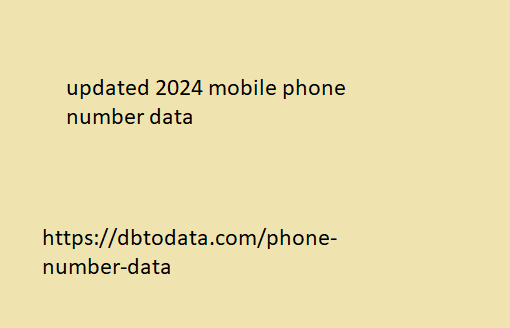As more and more people access the internet via handheld devices, it is incredibly important to ensure that your website offers a first-class experience to mobile users. That is why optimizing for smartphones and tablets has become one of the most important aspects of web development and optimization.
What is website performance on mobile devices?
Mobile performance refers to the performance of a website when accessed from a mobile device, such as a smartphone or tablet. It includes europe cell phone number list a range of performance and UX characteristics, including page load speed, interactivity, smooth scrolling, responsiveness to user input, and device resource utilization.
Today, users expect websites to load at lightning speed on their mobile devices. To assess loading times on mobile devices, use site speed audit tools.
Factors Affecting Website Performance on Mobile Devices
1. Responsive design
Responsive design means a dynamic meiliturunduse hetkeseis 2022 size that matches the user’s device regardless of the screen size. It ensures that mobile users will see the site’s content in one column. In addition to user convenience, such a design helps with SEO optimization, since search engines prefer mobile-friendly sites with adaptive layout.
2. Optimization for mobile devices
Your website design should be optimized for mobile devices. For example, buttons added to the site should not be too small or inappropriately located. Use a uniform, large, and readable font. Also, choosing black for the text is ideal bw lists for reading the site outdoors.
3. Lazy loading
Lazy loading is a website optimization technique whereby images and videos on a page are not loaded until the visitor scrolls down. This reduces the initial loading time of the largest element. As a result, the website speeds up and the user experience improves.






